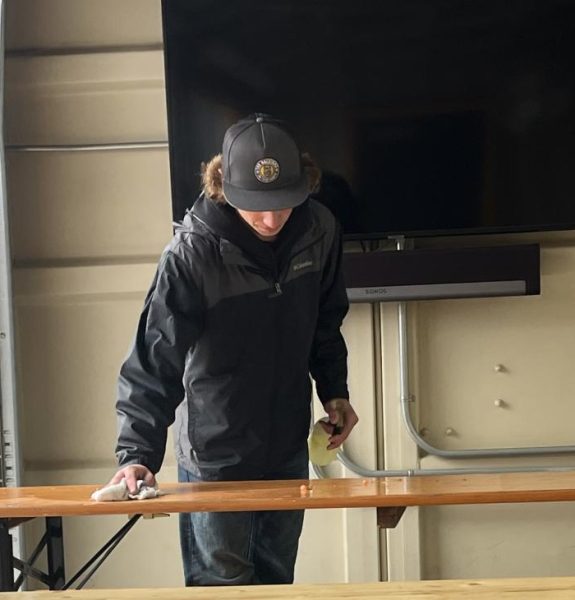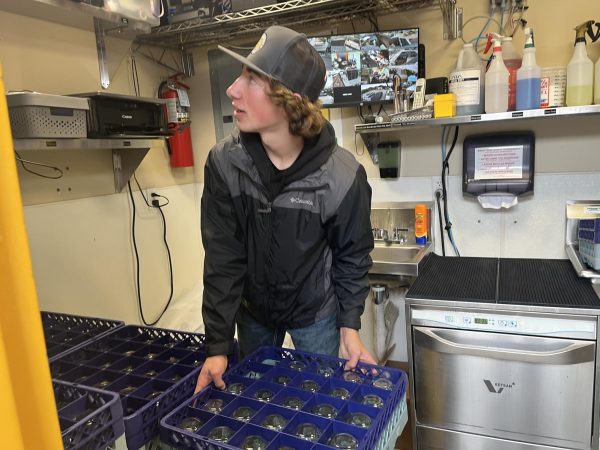From taking tests to taking down orders, Paso Robles students play a balancing act between school and work. During 2021, on average 30.5% of teens in the U.S. ages 16-19 had jobs throughout the year, and this number is rising. (17 Essential High School Job Statistics [2023]: How Common Are High School Jobs – Zippia)

Students at PRHS are choosing to balance work with school amid inflation, high gas prices, and looming college costs at times in spite of labor laws. Brenda Matthysse, the supervisor of the “work experience” elective which allows students with a job to leave school during the sixth period

and work up to eight hours on a school day, believes having a part-time job has a positive impact on students.
“Having a job in high school offers numerous benefits, including time management skills, real-world experience, and financial literacy, all of which contribute to a student’s overall success,” Matthysse said. She mentioned that not all students can be successful in balancing school and work, though:
“Students should prioritize school and then tackle employment in that order,” Matthysse said.
While Matthysse is referring to the average student working, some go beyond what is considered reasonable or legal. An anonymous student explained how they illegally work 48+ hours a week along with school and can
balance things well.
“I only have two things to worry about school and my job, and honestly it’s cool like I’m doing pretty good in school,” the anonymous student said.
This person, however, does not play sports or have any after-school extracurriculars. After school, they take the bus to work and do homework on the way. They work from 4-10 p.m. before heading home to do more homework and get to bed by 11 p.m. This student works for independence. They explained how they disliked having to ask their parents for money and wanted to take some responsibility to be able to buy what they wanted.
For other students, working 40 hours a week is not reasonable or “worth the sacrifice,” preferring a more traditional work/school balance.
Varsity soccer player Brandon McWilliams (11) works about 10-15 hours a week and prioritizes his sport over his job at The Backyard. He admitted while he works less than others, that it can still be a struggle with school:
“It’s hard to get homework done because basically most of my free time that I’m not playing sports or at school I’m working,” McWilliams said.

While working is a struggle for him, McWilliam explained the sacrifice: “I work because I get paid and so I can save up money for my future.”
He also understands the life experience that comes from a job is important in the long run. He believes it teaches lessons that can’t be taught during school. McWilliams’ supervisors proudly stated that he was a great worker and goes beyond many other high school employees.
Sadie Wagner (12) doesn’t find it necessary to have a job because there is really no need in her case.
“I’m really busy with school and sports, and I really value time with my family too,” Wagner said. She explained how by not owning a car or going shopping very often, she has no real need for one.

For other students such as Benjamin Didonna (10) work is not always a choice. Didonna works Saturday through Tuesday at Chipotle as a means of supporting his future and family.
“(I work) so I can get money for college and a car.” “Sometimes if my parents don’t have enough for the bills or something I’ll pitch in.” Didonna enjoys his job and explains that it doesn’t interfere with his school work or social life.
Having a job for students can mean working a few weekend hours to earn some extra pocket cash, to spending hours after school racking up the hours past the legal limit. With the percentage of students who have a job rising it is interesting to see the factors influencing a student’s choice.







